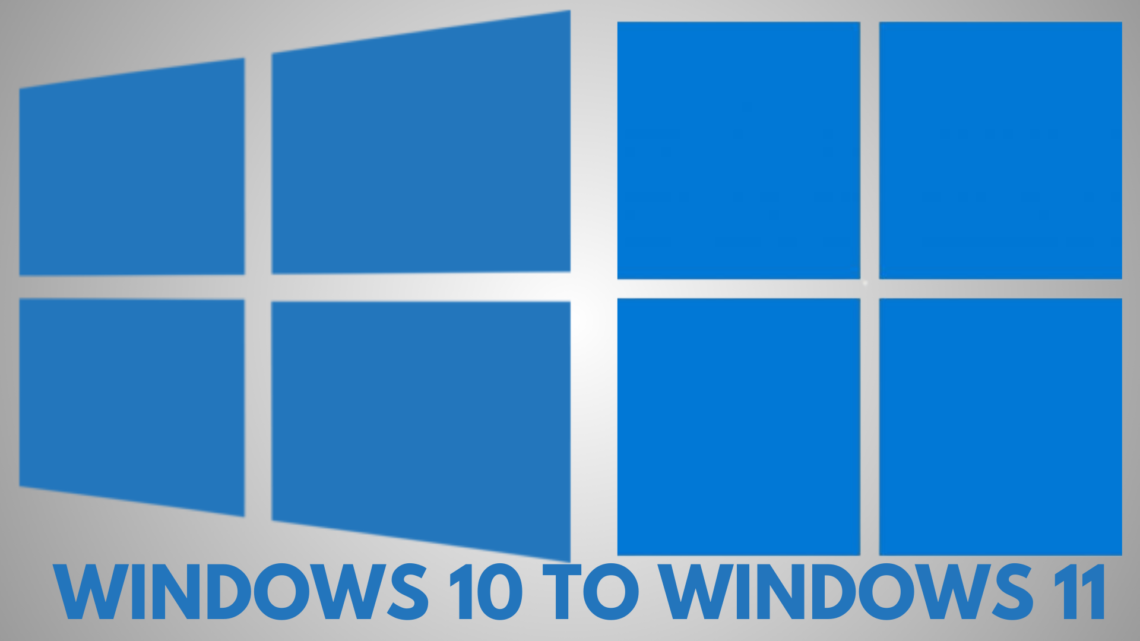Windows 11 is Microsoft’s latest operating system, offering a fresh design, enhanced security, and improved productivity features. But is it the right time to upgrade from Windows 10 to Windows 11? If you’re still using Windows 10, you might wonder whether the switch is worth it. Upgrading from Windows 10 to Windows 11 can bring numerous advantages, including improved security, better performance, and a more modern interface. Additionally, Microsoft OneNote is now more optimized for Windows 11, making note-taking and productivity smoother than ever. In this guide, we’ll break down the key reasons for upgrading from Windows 10 to Windows 11, potential drawbacks, and when you should consider making the move.
Why Is Microsoft Ending Support for Windows 10?
Microsoft is ending support for Windows 10 as part of its lifecycle policy, which ensures that older operating systems eventually make way for newer, more advanced versions. The main reasons include:
1. Focus on Modern Security Standards
Cybersecurity threats are constantly evolving, and older systems become more vulnerable over time. Windows 11 includes advanced security features like TPM 2.0, Secure Boot, and enhanced malware protection that are not fully supported in Windows 10.
2. Improved Performance and Efficiency
Windows 11 is designed to be more efficient, with better memory management, reduced background processes, and improved power consumption. By retiring Windows 10, Microsoft can focus its resources on optimizing Windows 11 for modern hardware.
3. Compatibility with Newer Technologies
New software, applications, and hardware are being developed with Windows 11 in mind. Phasing out Windows 10 encourages users and developers to adopt the latest technology, ensuring compatibility and improved user experience. OneNote, for instance, is now better integrated with Windows 11, offering enhanced cloud synchronization and stylus support.
4. Streamlining Support and Updates
Maintaining multiple operating systems requires extensive resources. By focusing on Windows 11, Microsoft can provide better support, faster updates, and a more unified experience for users.
5. Official End-of-Support Date
Microsoft has declared that support for Windows 10 will formally end on October 14, 2025. After this date, users will no longer receive security updates, bug fixes, or technical support, making upgrading from Windows 10 to Windows 11 essential for long-term stability and security.
Key Reasons to Upgrade from Windows 10 to Windows 11
1. Enhanced User Interface and Design
Windows 11 introduces a modern, sleek interface with rounded corners, new animations, and a centered Start Menu. If you prefer a cleaner, more intuitive design, this upgrade is a strong reason to switch.
2. Better Performance and Efficiency
Windows 11 optimizes resource management, making it faster and more efficient. It reduces background processes, leading to better battery life and overall system responsiveness. Many users have reported that after they upgrade from Windows 10 to Windows 11, their devices feel smoother and more efficient.
3. Improved Security Features
Security is a major focus of Windows 11. With features like TPM 2.0, Secure Boot, and enhanced malware protection, it provides a more secure computing environment than Windows 10. If security is a top concern, you should consider upgrading from Windows 10 to Windows 11.
4. Productivity Enhancements and OneNote Integration
New multitasking features like Snap Layouts, Virtual Desktops, and a revamped Taskbar make organizing and managing work much easier. OneNote also benefits from Windows 11’s improved stylus and touch support, making note-taking more intuitive. If you rely on OneNote for productivity, upgrading from Windows 10 to Windows 11 can provide a smoother experience with better performance and features.
5. Gaming Improvements
Gamers can enjoy DirectStorage, AutoHDR, and a more optimized Xbox Game Pass experience, providing better graphics and reduced load times. If you’re a gamer, you may find it beneficial to upgrade from Windows 10 to Windows 11 for enhanced performance.
Microsoft OneNote and Windows 11

Microsoft OneNote is a powerful note-taking application that seamlessly integrates with Windows 11. With Windows 11’s improved touch and stylus support, OneNote becomes even more efficient for students, professionals, and businesses. Features like handwriting recognition, real-time collaboration, and cloud synchronization are enhanced on Windows 11, making note-taking and organization more streamlined. If you rely on OneNote for productivity, upgrading from Windows 10 to Windows 11 ensures better integration and an improved user experience.
When Should You Hold Off on Upgrading?
1. Incompatibility with Your Device
Windows 11 has stricter system requirements, including TPM 2.0 and newer CPUs. Check Microsoft’s compatibility tool before upgrading.
2. Stability and Bug Concerns
Early adopters often face bugs and performance issues. If stability is crucial, you might want to wait for more updates and patches before you upgrade from Windows 10 to Windows 11.
3. Software and App Compatibility
Some older software may not work well on Windows 11. Businesses relying on legacy applications should ensure compatibility before upgrading.
4. Lack of Customization Options
Windows 11 removes some customization features from Windows 10, such as the classic Start Menu and taskbar positioning.
How Can I Check If PC Is Ready for Windows 11
Use Microsoft’s PC Health Check Tool to verify if your system meets the Windows 11 requirements before you upgrade from Windows 10 to Windows 11.
How Can I Upgrade from Windows 10 to Windows 11 Safely
Step 1: Backup Your Data
Ensure all important files are backed up before upgrading.
Step 2: Check Compatibility
Run the PC Health Check Tool and confirm system requirements.
Step 3: Update Drivers and Software
Ensure all drivers and applications are updated to prevent compatibility issues.
Step 4: Download and Install Windows 11
Go to Settings > Update & Security > Windows Update and follow the upgrade process.
Final words
Deciding when to upgrade from Windows 10 to Windows 11 depends on your needs. If you prioritize security, performance, and a modern interface, upgrading is a great choice. However, if you rely on legacy software or prefer a stable environment, waiting might be better. Have you upgraded yet? Let us know your experience in the comments!
FAQs
Q: Is Windows 11 faster than Windows 10?
A: Yes, Windows 11 offers improved performance and resource optimization, leading to faster speeds on supported hardware.
Q: Can I go back to Windows 10 after upgrading?
A: Yes, you have a 10-day rollback period to revert to Windows 10 if needed.
Q: Does Windows 11 improve OneNote performance?
A: Yes, OneNote runs more smoothly on Windows 11 with enhanced touch and stylus support.
Q: When does Windows 10 support end?
A: Microsoft will officially end support for Windows 10 on October 14, 2025.








Leave a Comment